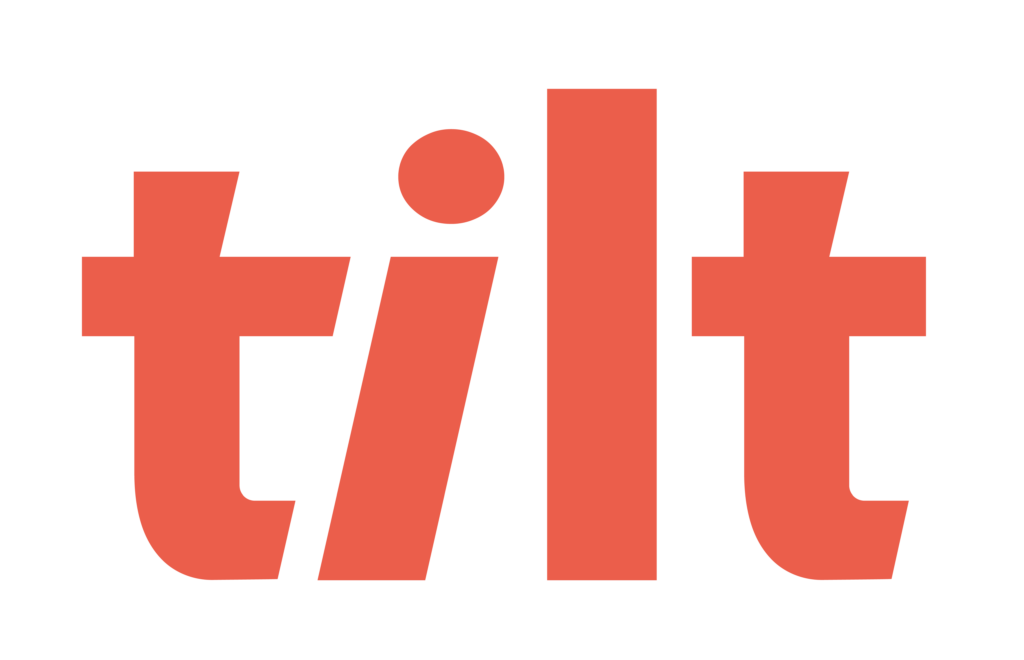In the working world (is there any other world?), employee attrition can be defined as the departure of employees from your company regardless of the reason, voluntary or involuntary. These reasons can range from resignation to termination, death or retirement, and they all have a cost associated with them that vary in severity and form.
There are times when a People Team really has no control over the attrition of employees. For example, attrition could stem from a response to the market or lack of success as a company leading to workforce reduction, which seems like cost savings on the ledger, but could have mental health costs to remaining employees that don’t show up as a line item until they too seek the exit.
Aside from bringing in the best talent possible for every open rec, one of the most important charges a People Team has is to do everything in its power to proactively minimize employee attrition. This is why today there is so much emphasis being placed on the way in which companies manage a leave of absence. Mucking up a miscarriage leave can break an employee’s trust in an organization forever, conversely, showing empathy and holistic support in an employee’s most critical life moments can help build an unbreakable bond between your company and your people.
To underscore the importance of getting Leave Management right, let’s break down the different costs associated with getting it wrong.
How Losing Benjamin Can Cost Benjamins
- Cost to hire a replacement: They say the best things in life are free, which leads us to believe that having to replace an established employee is far from a “best thing.” The numbers of course vary depending on employee type (hourly vs. salary), seniority of the role, scarcity of the talent for that role and more, but for a mid-level employee it can reach upwards of 150% of that employee’s salary.
- Cost of loss in production: Losing any employee is going to impose a hit on production. If we’re operating under the assumption that the position provided some value to the company’s bottom line in the first place, then whatever that value was either needs to be picked up by others in the organization (burnout alert) or it just won’t be a source of production until the replacement is found. Deadlines can be missed, customer service can plummet. Money out (finding the replacement)…money out (loss of production).
- Cost of loss from intangible institutional knowledge: Every organization is a complex engine and leadership is always striving to have it fire on all cylinders. It’s not horsepower that allows your org to rev its engine, however, it’s brain power. Intangible institutional knowledge is derived from the experience and wisdom of an individual in your organization. If they need to take a leave of absence and it isn’t handled properly, you’re at serious risk of losing that knowledge if they look for an opportunity elsewhere.
How Losing Benjamin Can Cost Katrina
- Losing a pal impacts morale: An organization is a complex engine, sure, but HR leaders know it has a delicate ecosystem. If a beloved employee leaves to take care of a loved one and never comes back because they were being pressured to work, or weren’t given the guidance necessary to have a successful and supported leave journey, your remaining employees might be wondering if your organization is right for them, impacting their engagement, satisfaction and productivity.
- Employer brand becomes top-talent repellant: Attracting new talent is hard as it is, and word can spread like wildfire if your organization has a reputation for not supporting employees properly when life’s most critical moments happen. If you are known for having high turnover you’ll soon be no option stuck with no option but to hire low-quality candidates.
- The cumulative effect: Losing an employee due to a mismanaged leave negatively impacts morale, which can lead to burnout and distrust, which can lead to more turnover, which can lead to lower quality candidates, which can lead to overstressed and underperforming teams, which can lead to even more turnover. The cost of getting your leave management wrong can snowball tremendously.
Getting Leave Management Right
Retention is often really about proactivity. Companies who take initiative on behalf of their people without waiting for the [redacted] to hit the fan first are more likely to develop a culture of trust and compassion. An engaged workforce is a motivated workforce, and today’s workforce wants to be treated like a human, especially when life is calling on them to step away from work.
Making an employee’s leave journey easy, supportive and positive can do wonders for an organization’s retention by not only keeping your existing employees happy, but also by showing prospective talent that your organization cares about its people. Being human and supporting leaves of absence doesn’t have to be hard, but failing to do so could mean hard times for your company.
About Tilt
Tilt is leading the charge in all things leave of absence management through easy-to-use tech and human touch. Since 2017, our proprietary platform and Empathy Warriors have been helping customers make leave not suck by eliminating administrative burdens, keeping companies compliant, and providing a truly positive and supportive leave of absence experience for their people.







